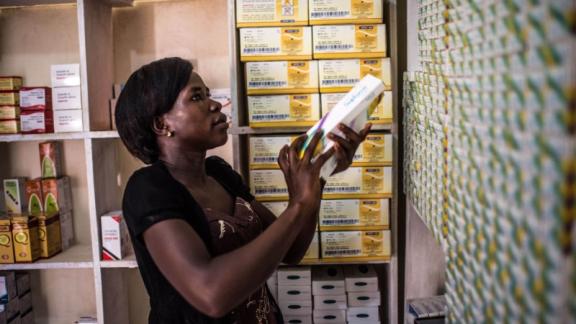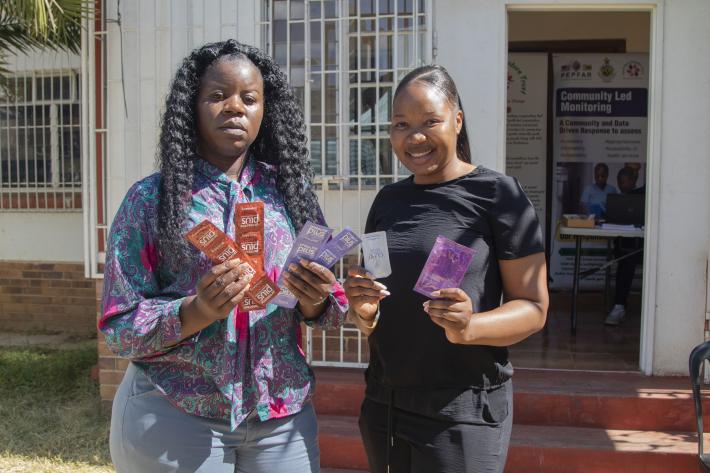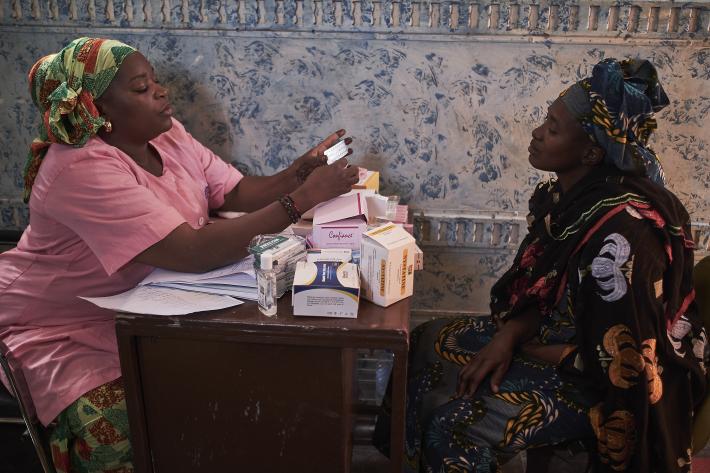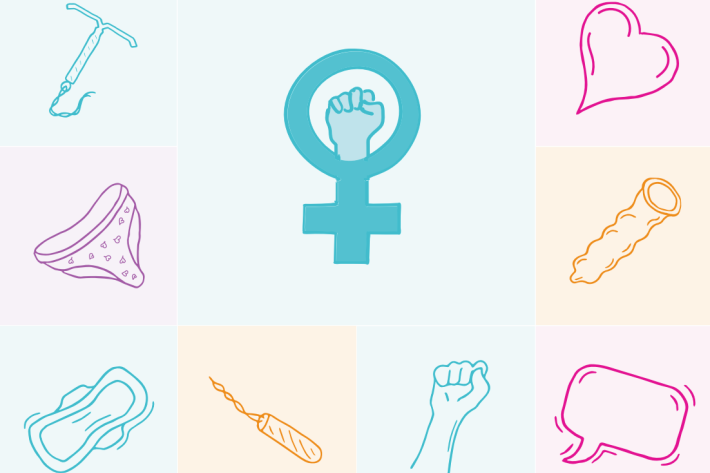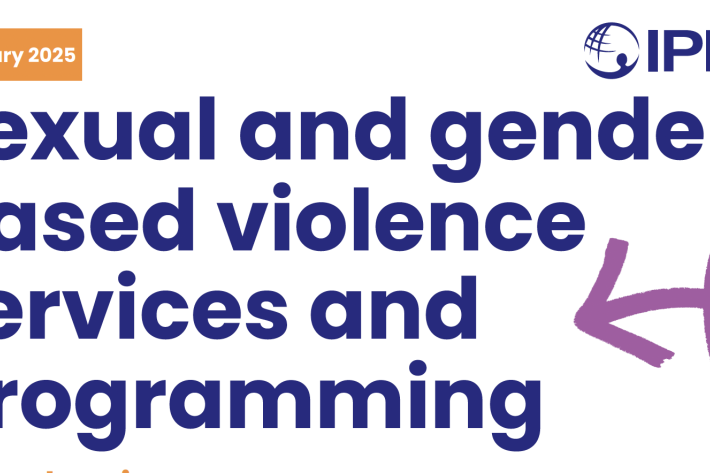Spotlight
A selection of resources from across the Federation

Review of IPPF’s Governance Reform
This report aims to identify the greatest impacts of the governance reform on the Federation and its work, enabling factors and barriers to reform, opportunities to build on and key lessons learned.
Filter our resources by:


| 28 February 2019
IPPF Cervical Cancer Strategy 2020-2024
ABOUT THE PUBLICATION This strategy has been developed to strengthen and expand IPPF Comprehensive Cervical Cancer Prevention (CCCP) work. The IPPF Cervical Cancer Strategy 2020–2024 is underpinned by the principles of inclusiveness, human rights, gender equality, and health equity. This Strategy is prepared with a purpose to clarify IPPF’s pathway to strengthen CCCP in the Federation’s work and ensure women, girls and other affected populations can have access to age-appropriate CCCP information and services. WHY THE STARTEGY? Cervical cancer is the fourth most common cancer among women in the world. All countries are affected, particularly low- and middle- income countries (LMICs). In 2018, 85 per cent of the 311,000 deaths from cervical cancer occurred in less developed regions. The higher rates of cervical cancer incidence and mortality in LMICs reflect the limited equitable access to high-quality information, vaccination, screening and treatment, and cancer management in these countries. Human papillomavirus (HPV) is the primary cause of cervical cancer. HPV is mainly transmitted through unprotected sexual contact, including skin-to-skin genital contact. Most HPV infections are self-limiting and can be cleared up by the immune system. However, if the infection persists, it may lead to precancerous cervical lesions or even cervical cancer. For people with weakened immune systems, such as those with poorly controlled human immunodeficiency virus (HIV) infection, the risks are far greater. A Comprehensive Cervical Cancer Prevention (CCCP) initiative should include primary, secondary, and tertiary prevention, which is in line with the client-centred and life-course approach. IPPF’S WORK TOWARDS CERVICAL CANCER ELIMINATION To reduce HPV transmission and contribute to the elimination of cervical cancer, IPPF provides CCCP to save lives, strengthen health equity, address stigma and harmful social/gender norms that create barriers to access of timely and high-quality services, and fulfil the sexual and reproductive health and rights (SRHR) of all people. Addressing cervical cancer and sexually transmitted infections (STIs) transmission is a core part of IPPF’s mandate and is included within the Integrated Package of Essential Services (IPES). IPPF acknowledges that cervical cancer can affect any individual with a cervix – including women, girls, transgender men, non-binary and intersex people – referred to as affected populations in this Strategy.

| 12 February 2019
Quiz: What do you really know about abortion?
What do you really know about abortion?Did you know that hundreds of thousands of abortions take place around the world every day for all sorts of reasons? Even though abortion is so common, there is still often secrecy and misinformation surrounding it. Test your knowledge of the medical procedure now – you might just learn something that’ll surprise you! :point_down:How many pregnancies end in abortion?All abortions can be carried out safely.Is it possible to have an abortion at home?Having an abortion does not affect your fertility in the future.Having an abortion does not put you at a higher risk of developing breast cancer.People who regularly use contraception can experience unintended pregnancies.Restricting legal access to abortion does not prevent or reduce the number of abortions taking place.Good try! If you learned something new today, scroll down to share this with friends.Want to do more? Get involved with I Decide, IPPF's movement for safe abortion access for all.You can also deepen your knowledge and understanding of abortion matters even more by taking IPPF's free course now.Great work! If you learned something new today, scroll down to share this with friends.Want to do more? Get involved with I Decide, IPPF's movement for safe abortion access for all.You can also deepen your knowledge and understanding of abortion matters even more by taking IPPF's free course now.

| 01 February 2019
U.S. 990 2019
Download the IPPF's 2019 "Return of Organization Exempt From Income Tax" U.S. 990 report below.
| 17 January 2019
Social Enterprise guidance
As lack of funding is threatening health and the lives of millions of women and girls, we're turning to social enterprises to generate funds. This helps our Member Associations to increase their services. Download our country-specific resources above on providing effective technical guidance, watch our social enterprise video, and read our social enterprise capability statement for more. You can also get in touch by email if you have any queries or would like to know more: seap@fpasrilanka.org

| 01 January 2019







